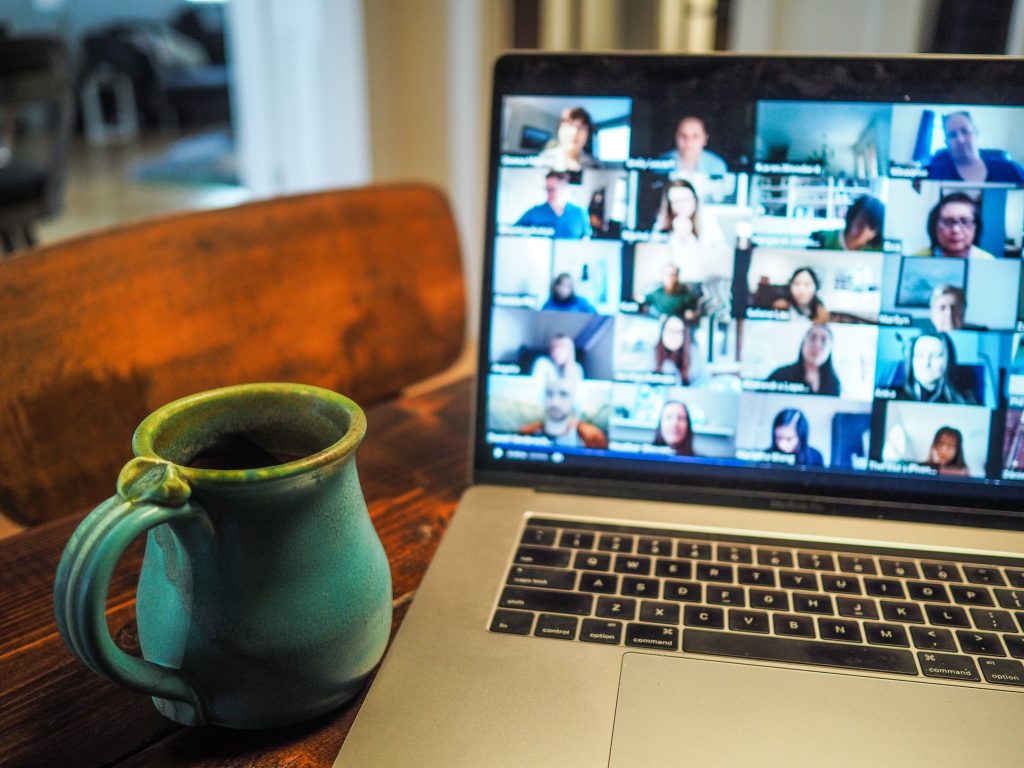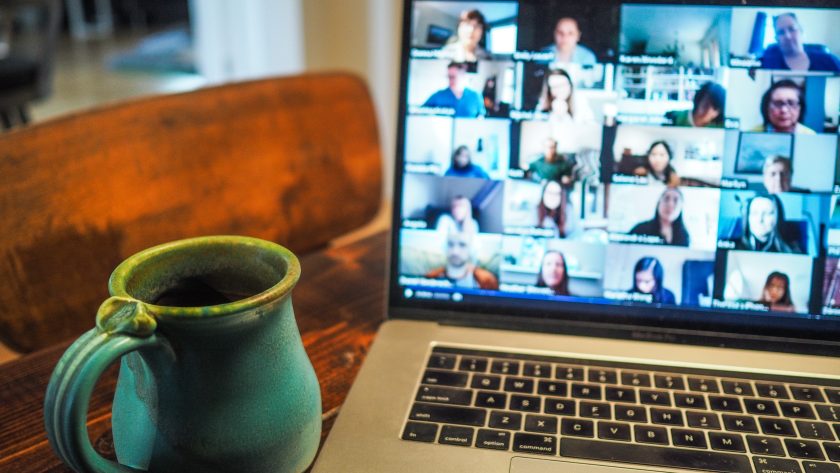
Pre-covid much of coaching was done virtually and ever since this trend has continued and grown. It means coaches can easily serve clients all over the world.
With the advance of online platforms, coaching virtually means using web cameras is an option. This reality invites exploration of the pros and cons.
Pros of Web Cams:
- Many people like to see the person with whom they are speaking.
- If someone is hearing impaired and closed captioning isn’t available, cameras allow for lip reading.
- Often coaches talk about noticing body language, facial expressions, and gestures.
- Web cameras give a peak into someone’s space and can help with getting to know them.
Cons of Web Cams:
- Very few are properly trained to accurately read body language, facial expressions, and gestures and thus biases may interfere, or they may simply misinterpret.
- Sometimes the coach misses what the client is saying, meaning, or not saying because they are focused on what they are seeing instead of listening deeply.
- The client may shift their thinking and speaking because they notice the coach’s reactions or expressions.
- If the coach is somewhere other than their office, it is immediately noticeable and may be uncomfortable for the client.
- If the coach uses a background, it may feel inauthentic.
During coach training we encourage practicing both with and without cameras. In this way everyone experiences the impact of web cameras as both coach and client. Similarly, we recommend that the coach explore the use of web cameras with clients, discuss the pros and cons, and have sessions both ways so the client experiences the impact too.
An option is a hybrid approach. Specifically, when you first join the call, be on camera to say hi. Then, as you start the coaching session, say “ok, I will get out of the way” and go off camera. Leave it open for the client to choose whether they want to stay on camera or also go off camera. At the end of the session, come back on camera to schedule their next session and say goodbye.



